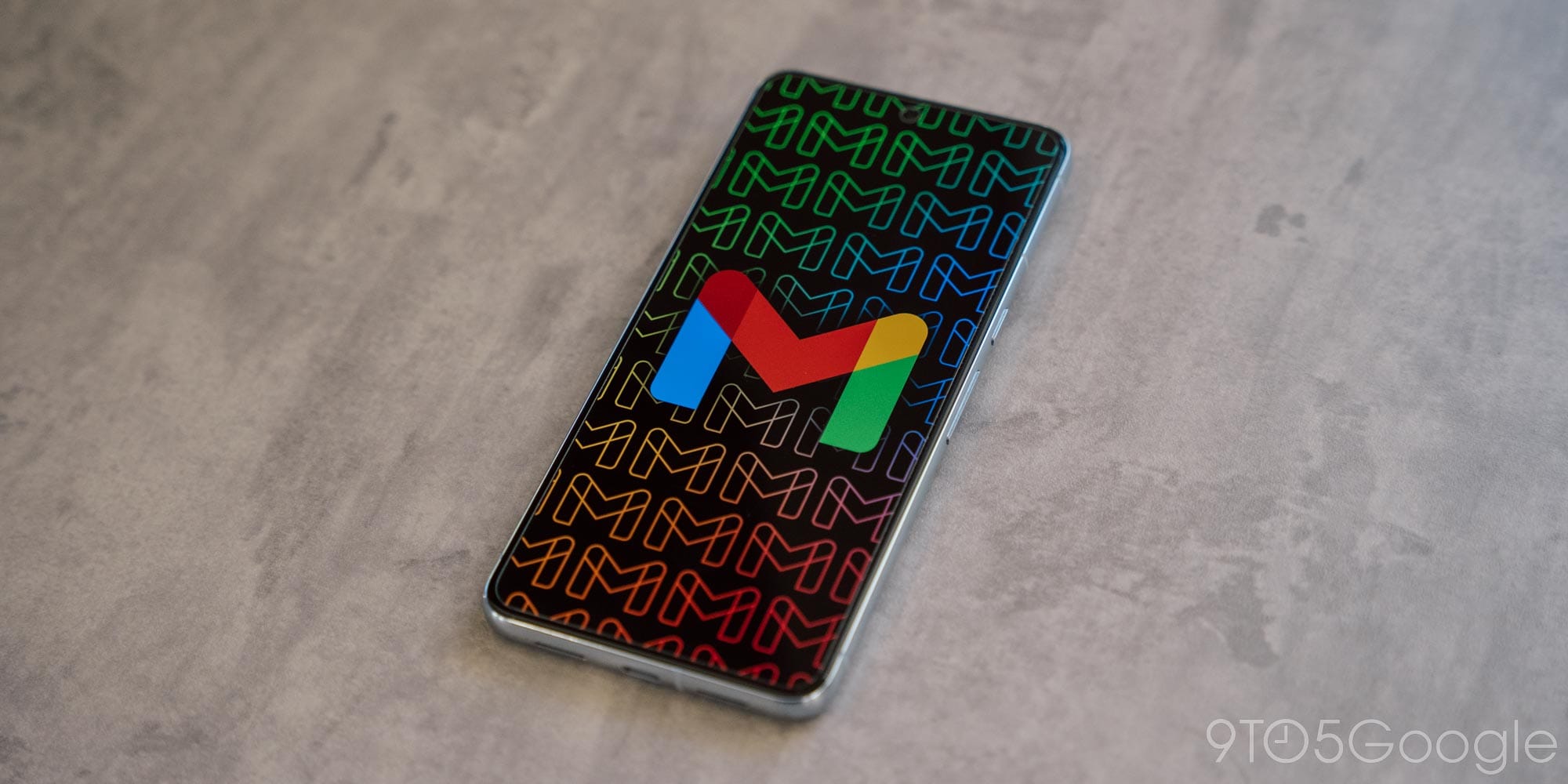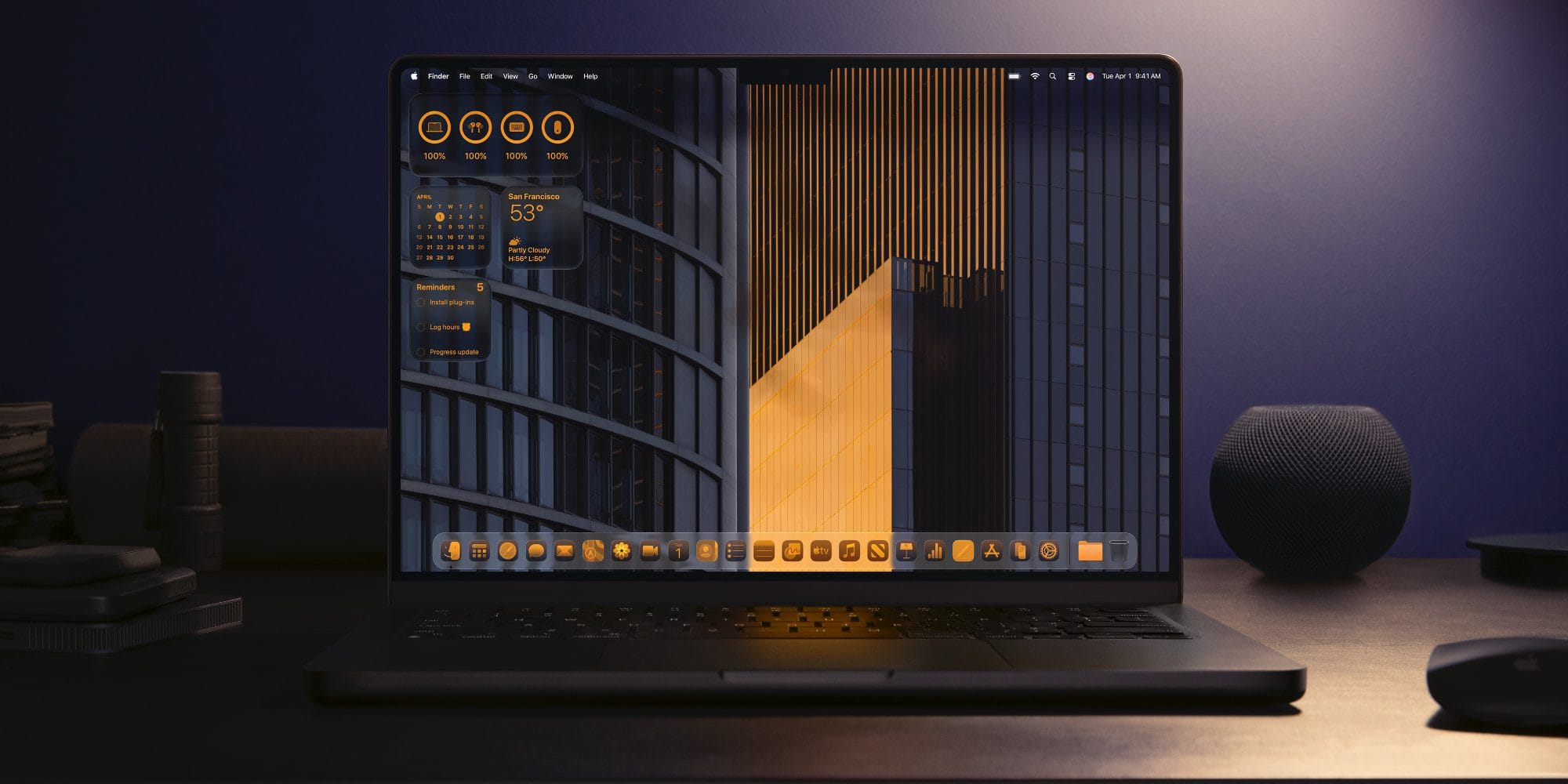

gmail rolls out material 3 expressive redesign: Gmail has officially begun rolling out its Material 3 Expressive redesign, a significant update that enhances the user interface and experience of one of the most widely used email applications. This update, which started testing in June 2023, aims to provide a more cohesive and visually appealing experience across devices while embracing the latest design principles set forth by Google.
Key takeaways
- The Material 3 Expressive redesign is now widely available to Gmail users.
- Initial testing of the redesign began in June 2023.
- The update focuses on improved aesthetics and user experience across platforms.
- Material 3 emphasizes personalization and dynamic color themes.
- Gmail users can expect a more intuitive interface with enhanced accessibility features.
The Material 3 design system, introduced by Google, represents a shift towards a more expressive and adaptable user interface. It builds on the foundational elements of Material Design while incorporating new features that allow for greater customization and interactivity. This redesign is particularly relevant for applications like Gmail, which serve millions of users globally and need to maintain a balance between functionality and aesthetics.
Enhancements in User Interface
One of the most notable aspects of the Material 3 Expressive redesign is its focus on personalization. Users can expect a more vibrant color palette that adapts to their preferences and the content they interact with. This dynamic theming capability not only makes the interface more visually appealing but also enhances the overall user experience by providing a more tailored and engaging environment.
In addition to the new color schemes, the redesign also introduces updated typography and iconography. These changes aim to create a more cohesive look and feel across the application, making it easier for users to navigate and interact with their emails. The updated icons are designed to be more intuitive, improving usability and helping users quickly identify functions and features.
Accessibility Improvements
Accessibility is a critical consideration in the Material 3 Expressive redesign. Google has made significant efforts to ensure that the updated Gmail interface is usable by everyone, including individuals with disabilities. Enhanced contrast ratios, larger touch targets, and improved screen reader compatibility are just a few of the changes aimed at making Gmail more accessible.
These enhancements not only benefit users with disabilities but also contribute to a more inclusive experience for all. The focus on accessibility aligns with Google’s broader commitment to creating products that are usable by a diverse range of individuals, ensuring that everyone can effectively manage their email communications.
Performance and Efficiency
Beyond aesthetic changes, the Material 3 Expressive redesign also focuses on improving performance and efficiency within the Gmail application. Users can expect faster load times and smoother transitions between different sections of the app. This is particularly important for users who rely on Gmail for their professional communications, where efficiency can significantly impact productivity.
Additionally, the redesign incorporates smarter features that leverage machine learning to enhance user experience. For instance, Gmail’s Smart Compose and Smart Reply features are expected to become even more intuitive, suggesting contextually relevant responses and helping users draft emails more efficiently. These improvements not only save time but also reduce the cognitive load on users, allowing them to focus on the content of their communications rather than the mechanics of email management.
Integration with Other Google Services
As part of the Material 3 Expressive redesign, Gmail is also enhancing its integration with other Google services. Users can expect a more seamless experience when switching between Gmail, Google Drive, Google Calendar, and other apps within the Google ecosystem. This integration is designed to streamline workflows and improve productivity, particularly for users who rely on multiple Google services for their daily tasks.
For example, users will find it easier to attach files from Google Drive directly within the Gmail interface, and scheduling meetings through Google Calendar will be more intuitive with the new design. This interconnectedness not only simplifies the user experience but also reinforces Google’s strategy of creating a cohesive ecosystem of applications that work harmoniously together.
Feedback and Future Updates
As Gmail users begin to experience the Material 3 Expressive redesign, Google is actively seeking feedback to refine and improve the application further. User input is crucial in identifying areas for enhancement and ensuring that the application meets the needs of its diverse user base. Google has a history of iterating on its products based on user feedback, and this redesign is no exception.
In the coming months, users can expect additional updates and refinements as Google continues to roll out the redesign. The company is committed to making Gmail not only a powerful email client but also a versatile communication tool that adapts to the evolving needs of its users.
Conclusion
The rollout of the Material 3 Expressive redesign marks a significant milestone for Gmail, bringing a fresh and modern look to a platform that serves millions of users worldwide. With enhanced personalization, improved accessibility, and better integration with other Google services, the redesign aims to create a more engaging and efficient user experience. As Google continues to gather feedback and make adjustments, users can look forward to a continually evolving application that meets their needs in an increasingly digital world.
Source: https://9to5google.com/2025/08/26/gmail-material-3-expressive-redesign/
Was this helpful?
Last Modified: August 27, 2025 at 4:50 am
5 views















